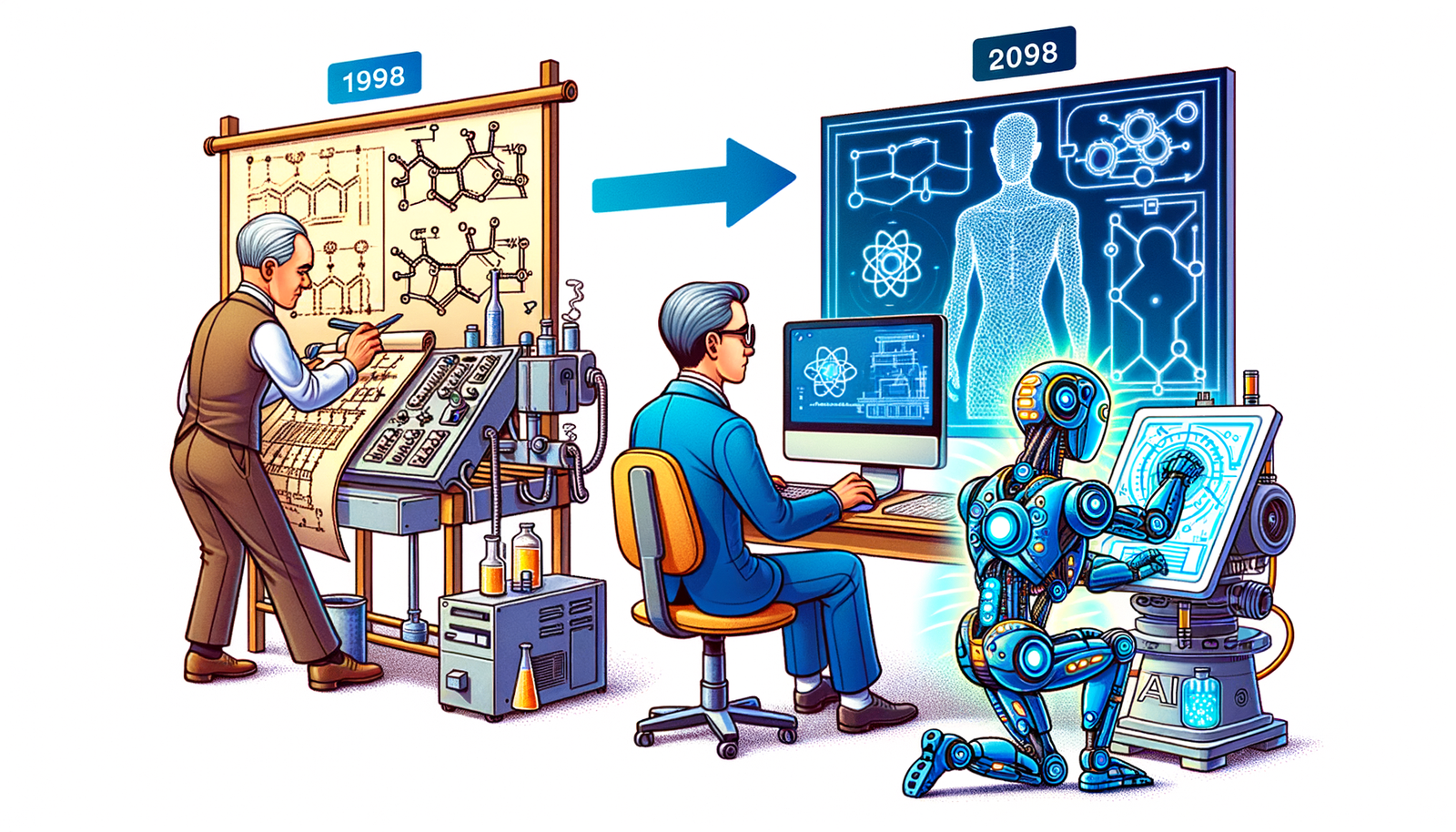Your Cart is Empty
The Early Days
Emergence of Computer-Aided Design (CAD) in Chemical Processing
The history of design software in chemical processing can be traced back to the 1960s and 1970s, a period marked by the introduction of basic Computer-Aided Design (CAD) systems. This era saw the laying of foundational stones that would revolutionize how engineers approached chemical process design. One of the key figures in this nascent stage was Patrick Hanratty, often heralded as the father of CAD. His pioneering contributions laid the groundwork for future innovations.
Initial Applications and Limitations
During these early years, the applications of CAD in chemical processing were primarily focused on creating process flow diagrams and equipment layouts. While these tools represented a significant technological leap, they were not without limitations. Early adopters faced numerous technical challenges, including limited computational power and rudimentary graphical capabilities. These constraints often resulted in time-consuming and less accurate designs.







